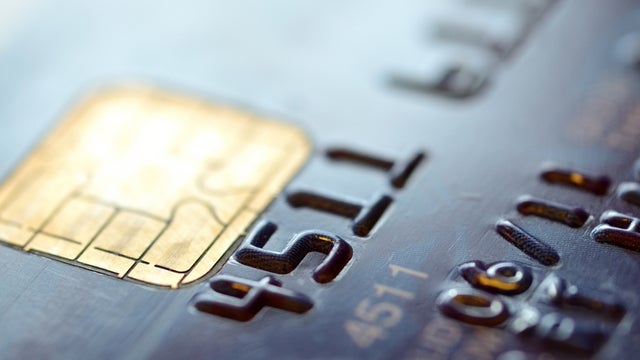Credit cards are certainly handy tools. There are plenty of advantages of having plastic in your wallet if you manage your credit card properly. If you’re disciplined with your spending and pay off your card balance in full every month, a credit card can streamline your finances. It can even make you money, through cashbacks and reward programs.
But alas, not all of us are disciplined spenders, and credit card debt is easy to fall into. One minute you’re using it for stress-free shopping. The next you’re drowning in accumulated interest, unsure of how to start paying off the debt.
According to Canstar’s most recent credit card research, of those Kiwis with credit cards, nearly a quarter (23%) have outstanding debt, and 16% worry about it. So if you want to take back control of your plastic, Canstar has five tips to help you keep on top of your credit card balance.

In this guide, we cover:
- 1: Budget for your credit card repayments
- 2: Consider a balance transfer
- 3: Know when direct payments are due, and spring clean them!
- 4: Does your credit card suit your needs?
- 5: Compare what’s out there
Tip 1: Budget for your credit card repayments
Unless you take control of your debt and look it in the eye each month, your debt will escalate without you noticing how bad it’s become. Stay on top of your credit card balance by:
- Putting in place a realistic budget. Keep any spending on your credit card in line with your actual budget. Then you’ll be able to pay off your balance easily at the end of each month.
- Setting a sensible limit on your card. If you feel your limit is an unwanted temptation, discuss lowering your credit limit with the card issuer.
- Dedicating set amounts from your income (whenever your pay comes in) to go towards reducing your debt.
- Paying more than the minimum requirement each month, if possible, to get closer to becoming debt-free.
Tip 2: Consider a balance transfer
A balance transfer credit card could be what you need to get your money management back on track. A credit card balance transfer is when you transfer part, or all, of an account balance onto a new card, which is generally issued by another institution. The new card will have a zero, or low-interest, period that saves you money on interest payments.
But don’t get complacent. As with most financial products, there are some finer details to be aware of, to prevent you from unknowingly adding to your debt dilemma:
- After the introductory period of the balance-transfer offer, all unpaid balances are transferred to the standard credit card interest rate. The introductory period usually ranges from six months to a year, but can stretch the entire life of the transferred debt.
- The new rate your debt incurs once the introductory period ends is known as the “revert rate”. So, while a 0% initial interest rate seems very enticing, don’t forget to check rates in the long term! As a general rule of thumb, find out the promotional rate, the length of the promotional period and the revert rate.
- With a balance transfer credit card, the initial introductory rate usual only applies to the transferred balance. It won’t apply to new spending. All new spending will incur the revert rate. So refrain from putting new purchases on the new card, and concentrate on paying off your existing balance.
- For the best balance transfer deals, check out our story: Lowest Rate Balance Transfer Credit Cards.
Tip 3: Know when direct payments are due, and spring clean them!
Maybe your credit card is linked to paying your gym membership, Pilates classes, or other subscriptions. Take a look at these payments and see if there are any you don’t need. Are you going to the gym enough to justify adding $60 to your debt each month?
If you’re a gym bunny, and your CC payment is justified, consider setting up an automatic transfer from your transaction account instead. Set your essential payments to come out after you get paid each month. This can help you become more aware of your spending, and where you can cut back.
Tip 4: Does your credit card suit your needs?
It’s worth taking a little time to decide whether you need a credit card at all, and if you have the right type of card to suit your needs. Are you often late with your payments? A big spender or a small spender? A dedicated user who pays off their balance religiously each month? Canstar has all the recommendations for you. Just jump on our story, How to Choose a Credit Card for Your Spending Habits.

Tip 5: Compare what’s out there
If you’re looking for a new credit card, then let Canstar be your guide. Perhaps you want one with a low interest rate, or low fees, or want to swap your rewards card from points to cash.
Our free credit card comparison tool compares all the major cards in the market and awards the best our prestigious Star Ratings. For more information on credit cards and to compare further, just click on the big button below.
Compare Credit Cards with Canstar
Enjoy reading this article?
You can like us on Facebook and get social, or sign up to receive more news like this straight to your inbox.
By subscribing you agree to the Canstar Privacy Policy




Share this article